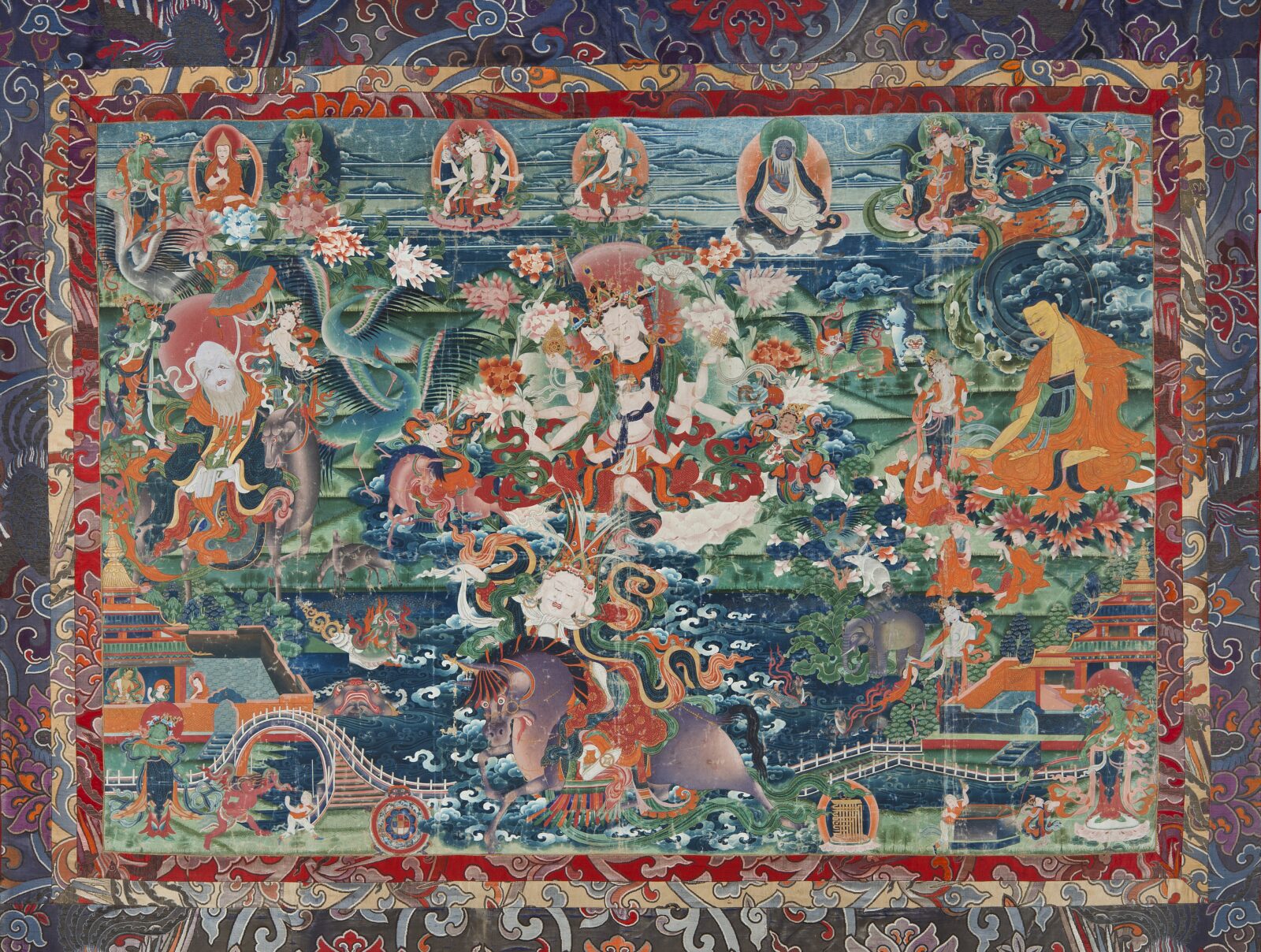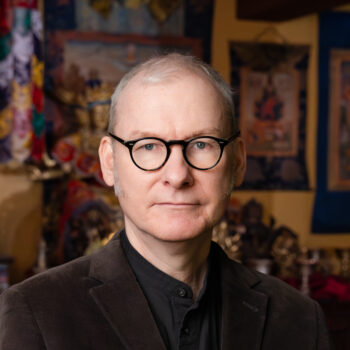Masterworks is organized geographically and chronologically, showcasing the diverse regional traditions of Tibet in relation to the neighboring areas of eastern India, Kashmir, Nepal, Bhutan, China, and Mongolia. Juxtaposing the art of the Himalayan region over time sheds light on the geographic, historical, religious, and artistic interrelationships among these cultures.
This ongoing exhibition reflects our evolving understanding of the relatively young field of Himalayan art. Masterworks is regularly updated as new art objects and texts come to light, reflecting the latest developments in the field. The current iteration features several loans from the Zhiguan Museum of Fine Art, which brings further depth to the themes and extraordinary craftsmanship demonstrated throughout the exhibition.
Preview highlights from the exhibition below and discover more in our online collection search.
Exhibition Audio Guide
Thank you to our members for making this rotation of Masterworks possible.


